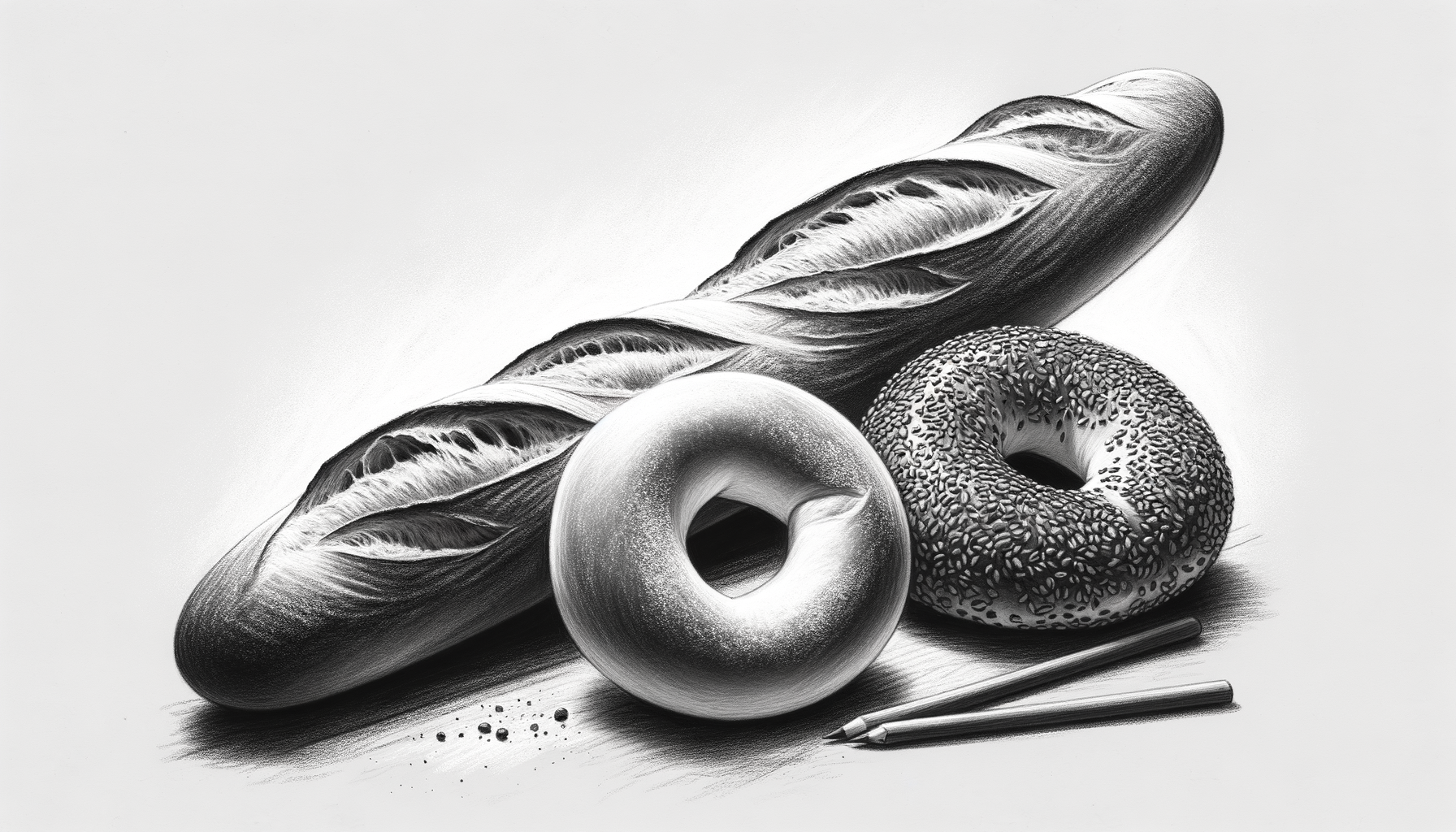Living Between Worlds
Torn Between Poutine and Croissants
When you grow up switching effortlessly between two cultures, it’s easy to feel like you’re fluent in duality. For me, it was the bilingual, bicultural Montreal lifestyle: family dinners with Tourtière on Christmas Eve, but also binging classic French films like Amélie while polishing off a baguette as if Paris were just down the street. The duality was baked—er, layered—into me, like a mille-feuille with equal parts Québécois grit and Parisian elegance.
Being shaped by two worlds can be magical. It’s like getting the best of both streams in The Parent Trap, where Hallie and Annie combine their twin superpowers to mastermind their parents' reunion. But it can also feel like you don’t entirely belong to either side. Navigating that push-and-pull is deeply personal and—if you’re like me—often hilarious in hindsight.
But figuring out our place isn’t just about cultural dualities. It shows up in relationships, career moves, or even the little things—like trying to impress your Parisian boyfriend’s family while still craving a midnight order of curd-smothered poutine. Mon dieu.
Learning to Translate (Literally and Figuratively)
Growing up with one foot firmly planted in each cultural world taught me an essential skill: the art of translation. And I’m not just talking about swapping “yes” for “oui”—I mean being able to blend perspectives, adapt, and even laugh at the beautiful chaos of the in-between.
Take my semester abroad in Paris, for example. Day one: I’m feeling chic, wearing my thrift-store beret, and casually ordering a café noisette. By day two, my Québécois accent betrays me and my professor quips, “Oh, how cute, a little cousine from the colonies.” I laughed (awkwardly) while silently plotting to master Parisian snobbery by semester’s end. Spoiler: I didn’t.
Real talk, though: this need to translate starts showing up everywhere. In dating, for instance, it’s like turning on subtitles for your soul. When my then-boyfriend couldn’t understand why I found his refusal to jaywalk deeply amusing (Montrealers treat “Don’t Walk” signs as mere suggestions), it was my job to explain the cultural context. Did he fall for my charm? Yes. Did he also break up with me via email years later? Also yes. C’est la vie.
The Push and Pull of Duality
Living between two worlds often means juggling opposing expectations like a circus clown. On one hand, there’s this implicit pressure to be something definitive—to belong fully somewhere. On the other, there’s that craving for freedom, for embracing all sides of yourself even if it leaves others scratching their heads.
Personally, I spent too much time trying to “pick a lane.” Was I more of a Québécoise, delighting in my Francophone fierceness? Or was I destined to embody the effortless cool of Parisian life? (Spoiler: Turns out, I’m just a woman who loves St-Viateur bagels and a glass of rosé in equal measure.)
This tug-of-war shows up in relationships too. Think of it like a dance: do you lean into your independence or take comfort in blending into your partner’s world? You can try to lead, stumble gorgeously, or surrender entirely to let the rhythm guide you.
Tips for Dancing Between Worlds
Here’s the thing: living between worlds doesn’t have to feel like wandering. It’s an adventurous balancing act that’s entirely yours. Here are a few lessons I’ve picked up along the way:
-
Learn to Laugh at Yourself: The best way to embrace duality is to take yourself less seriously. Missed the joke at your Parisian in-laws’ dinner? That’s okay, just flash your most self-deprecating smile and lean into the charm of being lost in translation.
-
Mix the Familiar with the Foreign: In love, life, or otherwise, instead of picking one “identity,” try combining elements that bring you joy. Think of Emily in Paris, but with better decision-making and fewer clichés.
-
Set Your Own Guidelines: Whether it’s love languages or cultural habits, balance isn’t about appeasing everyone else. Honour the traditions you love, but adapt them to fit your story. Hot take: a Franco-Irish brunch can absolutely include croissants and Guinness.
-
Embrace the Middle Ground: Sometimes, the beauty lies not in choosing one side but in celebrating your ability to straddle both. This duality is your gift—it lets you see, understand, and connect in ways people fully planted in one world rarely can. DW, you’re the bilingual Lisa Kudrow of your friend group, and you should own that.
A Love Affair With Complexity
Here’s what I’ve ultimately learned: living between worlds isn’t about being torn; it’s about being layered. Sure, there are moments when you trip over yourself—like pronouncing “croissant” the correct French way only to be teased mercilessly by your English-speaking cousins. But life is layered. (Shrek knew what he was talking about with that whole “onions have layers” thing, okay?)
Whether I’m crafting stories from Montreal or sipping overpriced Bordeaux in Paris, I’ve come to appreciate that I don’t have to fit into one perfect box. Neither do you. Being an intersection of ideas, love, culture, or careers isn’t a flaw—it’s your strength. It means you’re ready to weather relationships, adapt to new opportunities, and maybe just make a killer tarte au sucre in the process.
At the end of the day, we’re all living between worlds in some way, and that’s the beauty of it. So, to borrow from both Quebec and France: Lâche pas (hang in there), and remember—you’ve got a foot in two worlds, and a heart big enough to bridge them both.




















